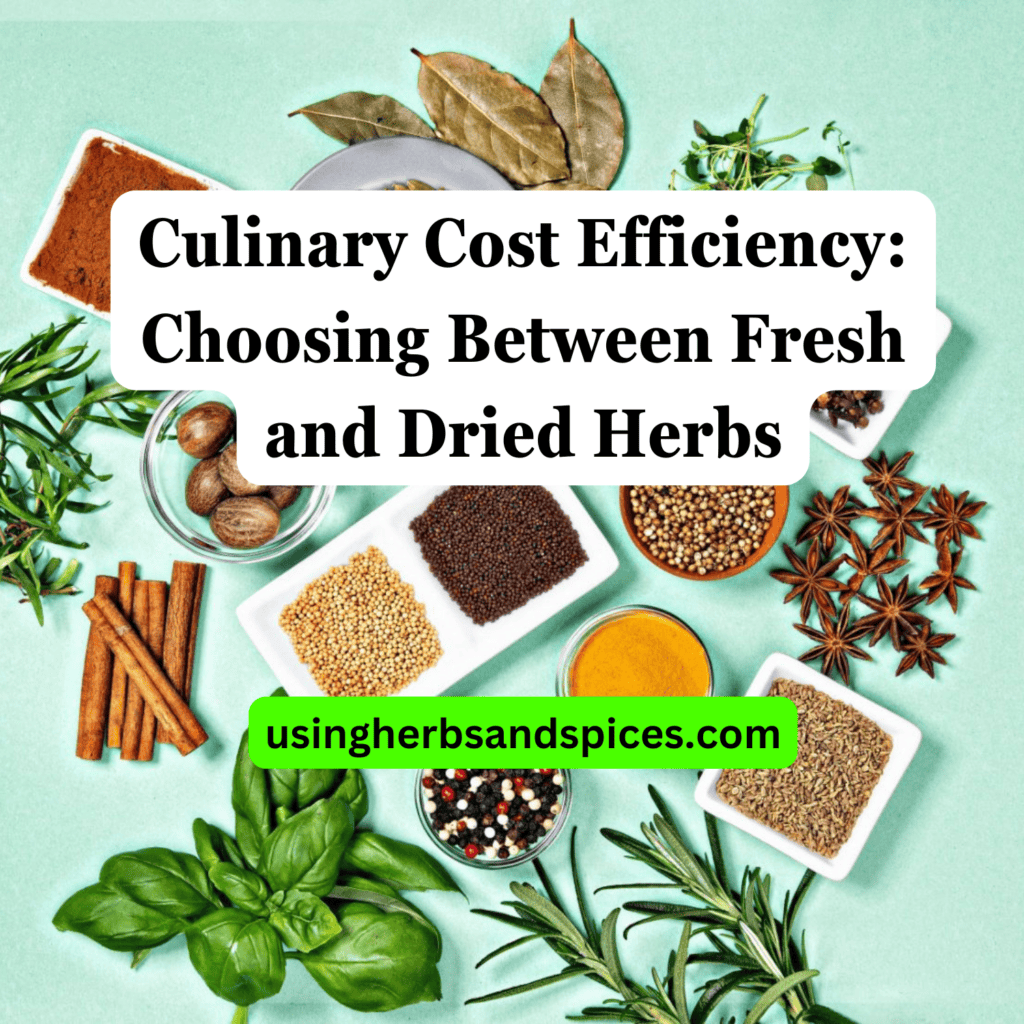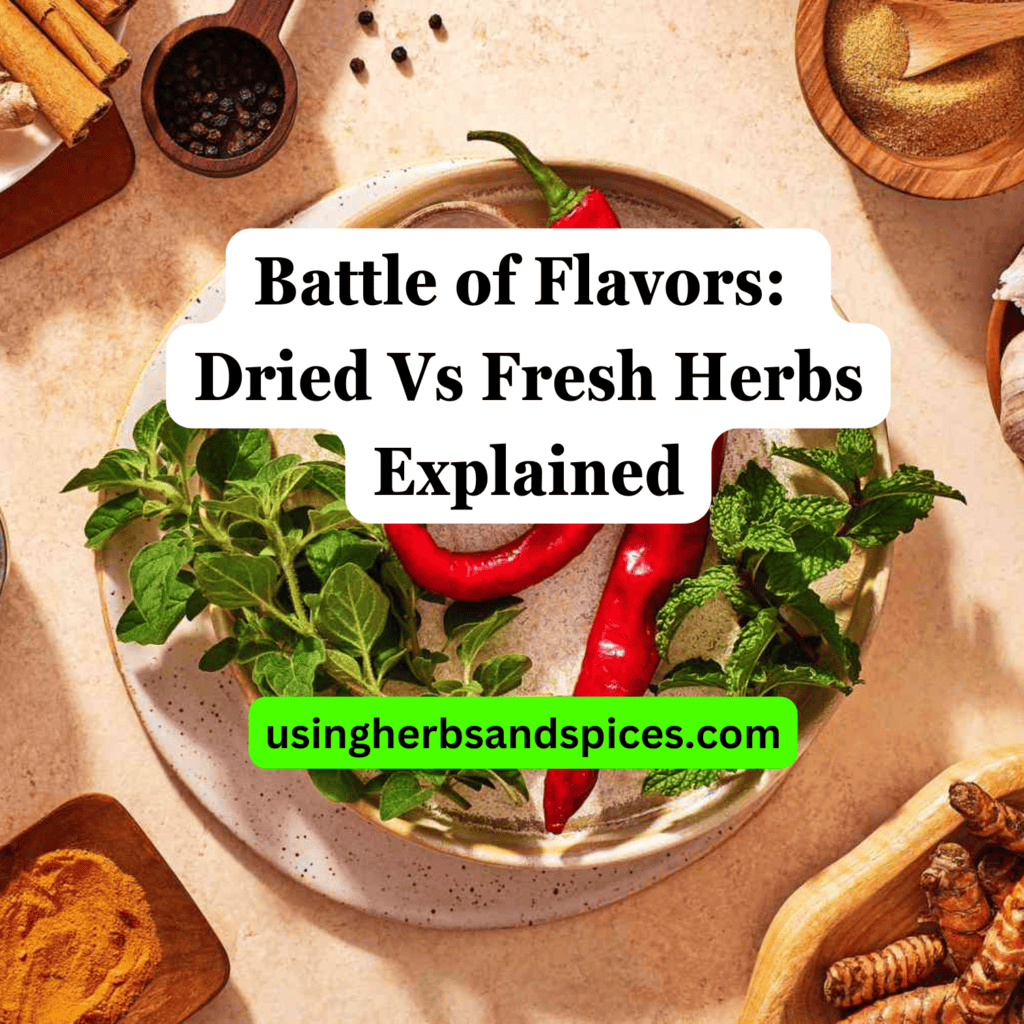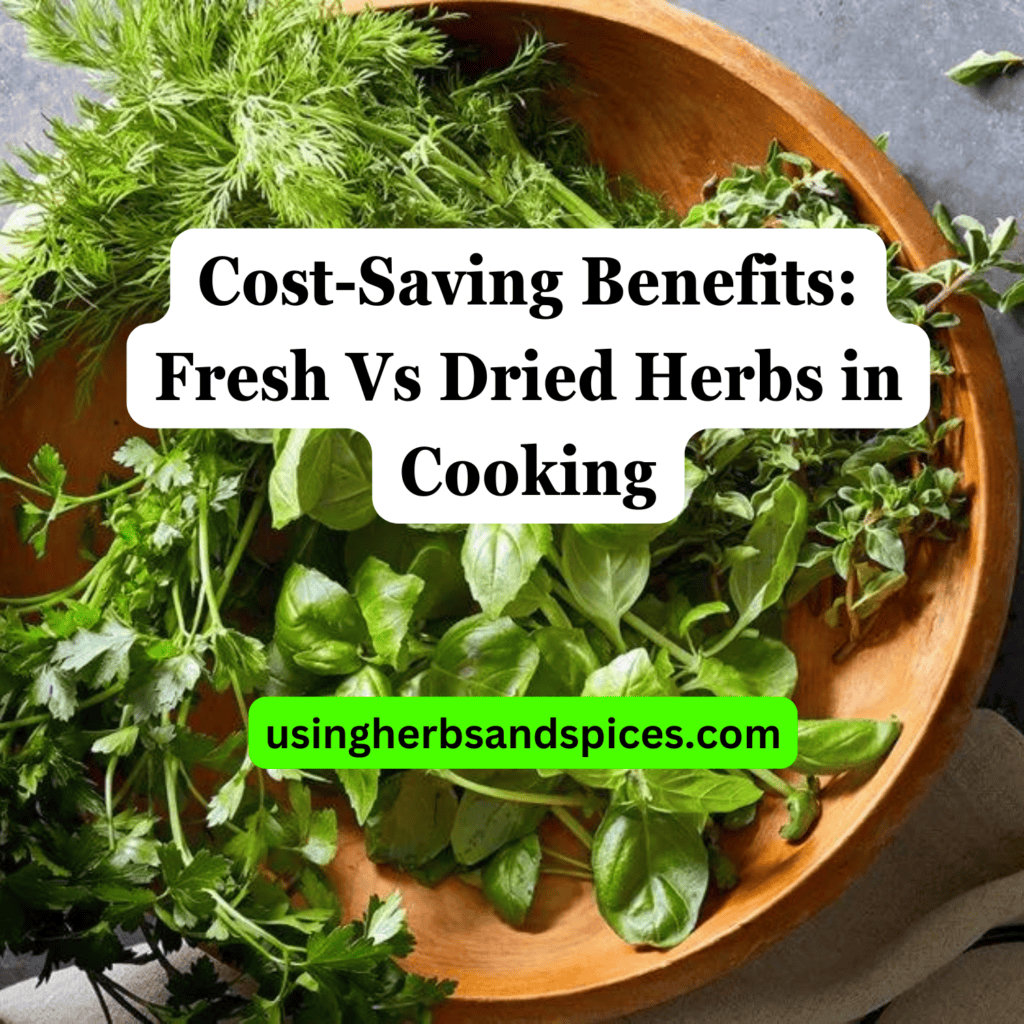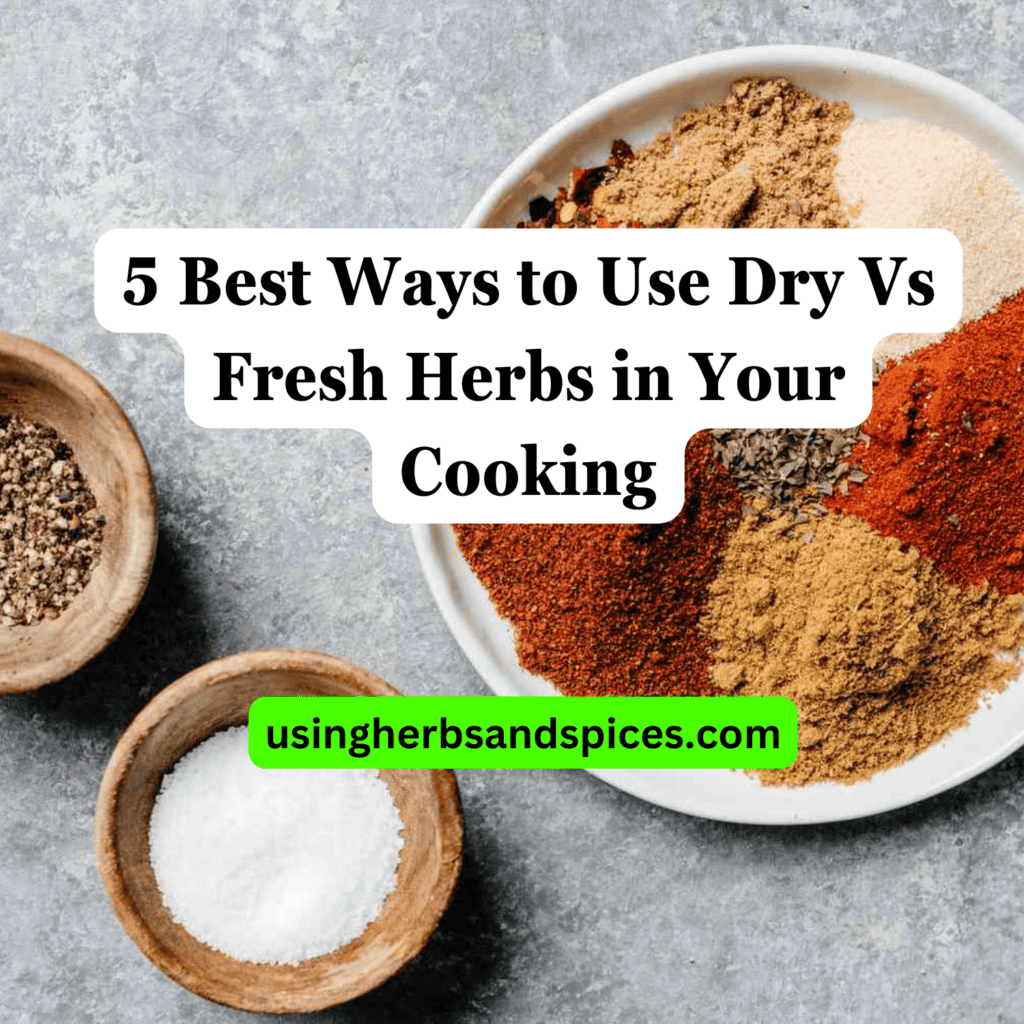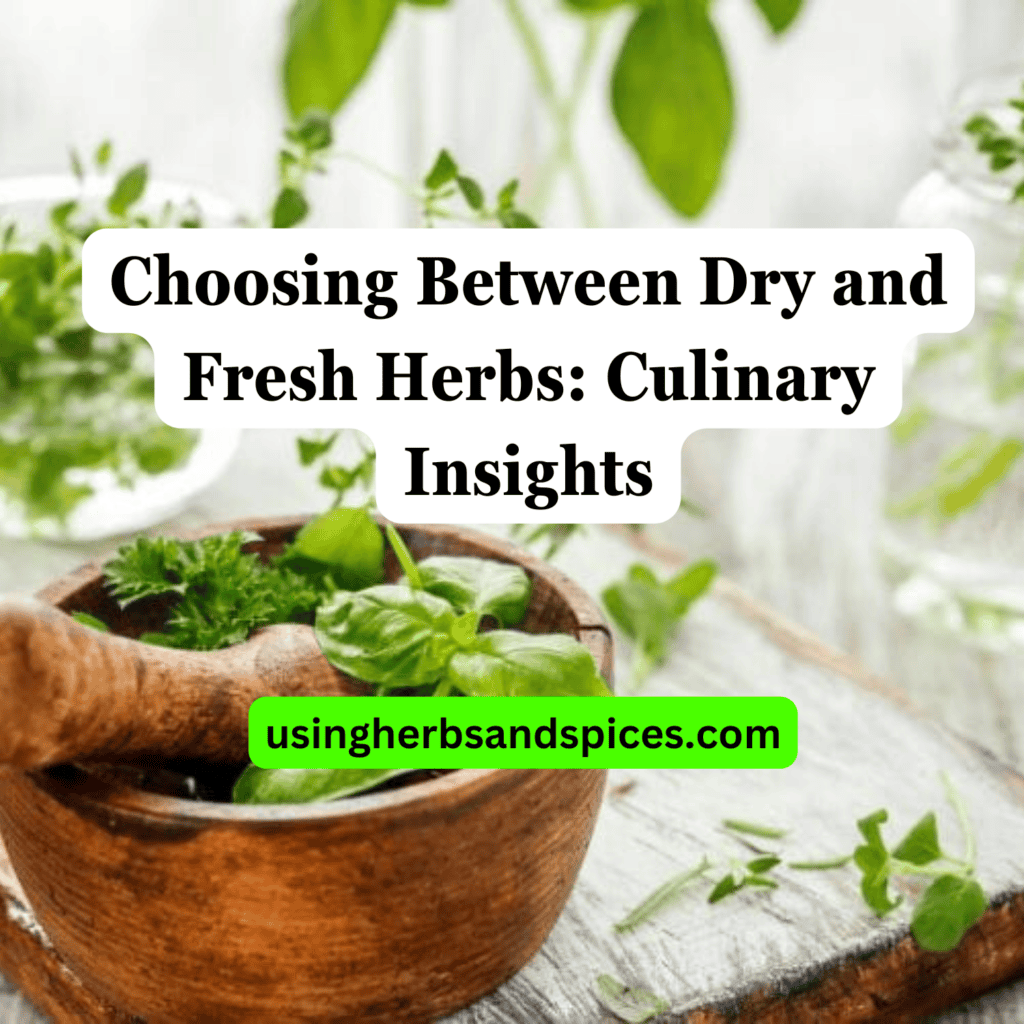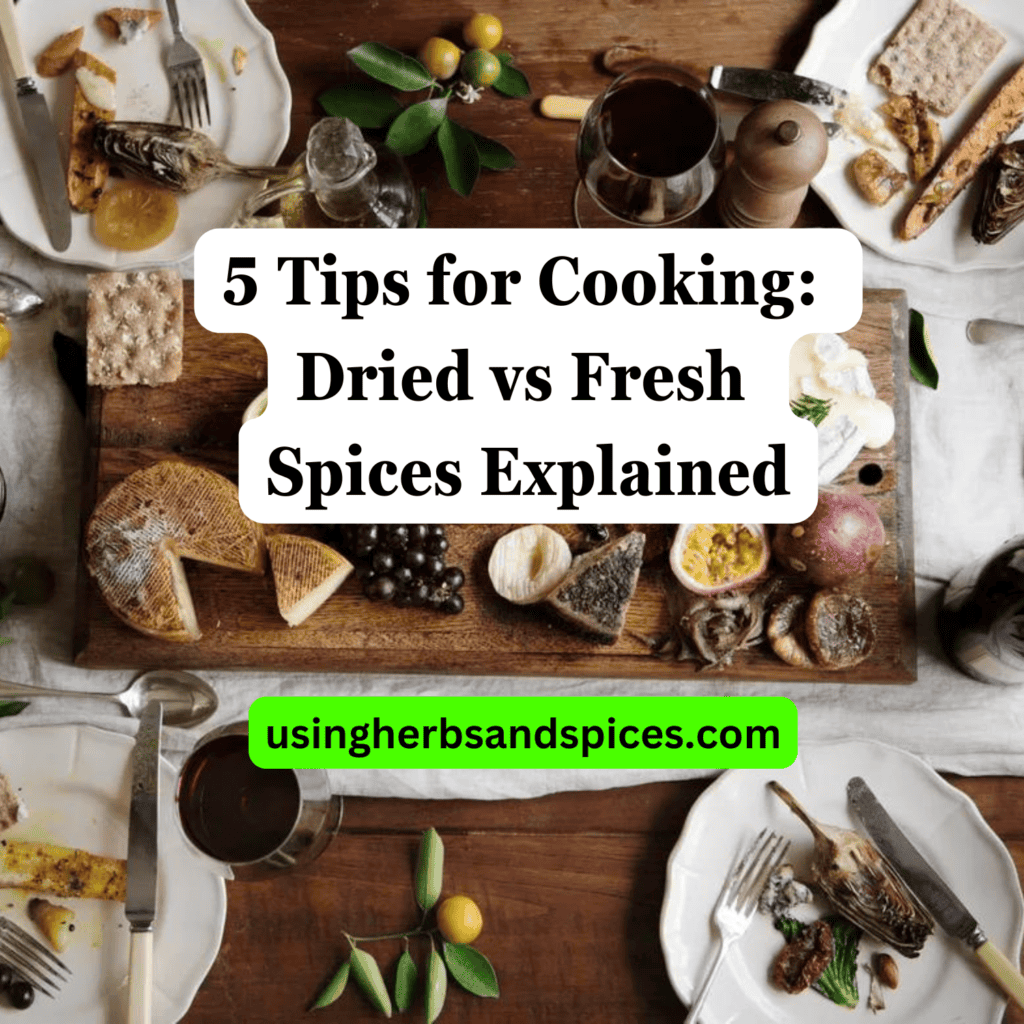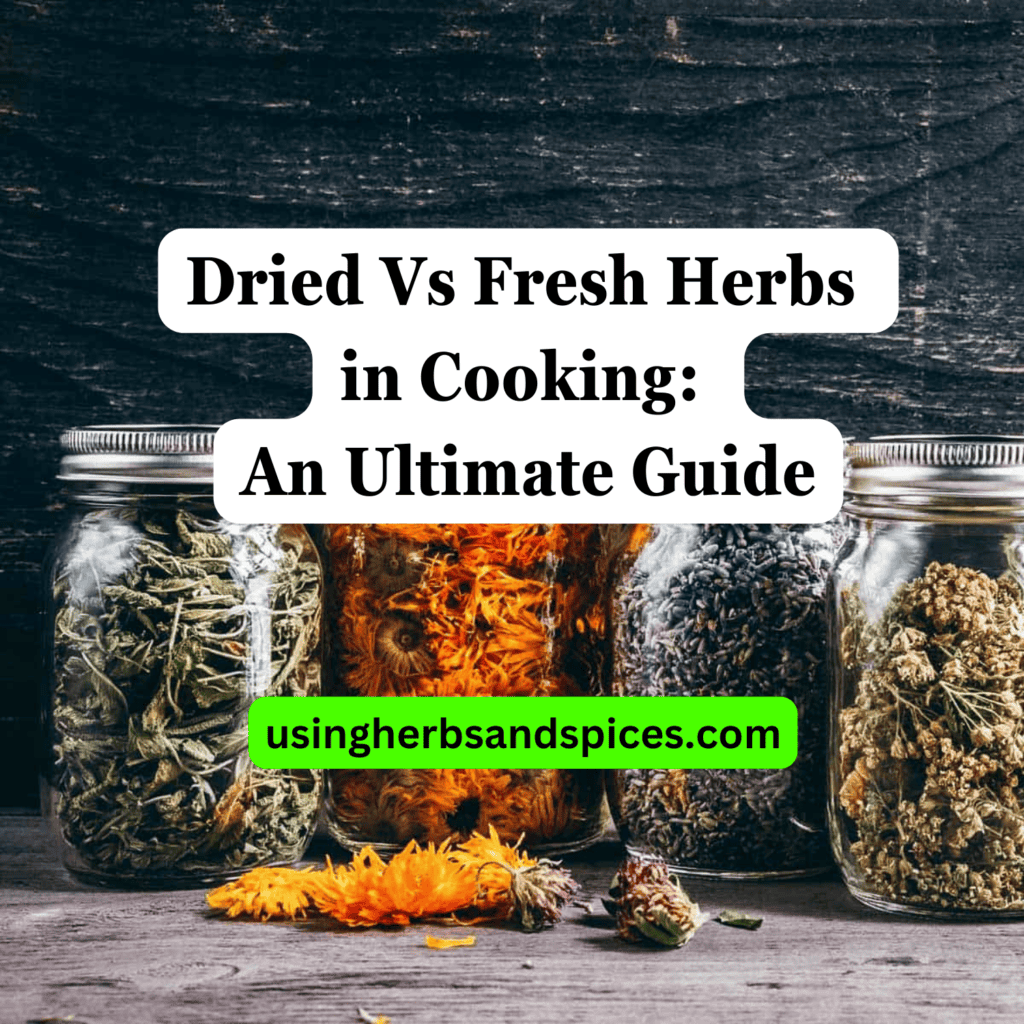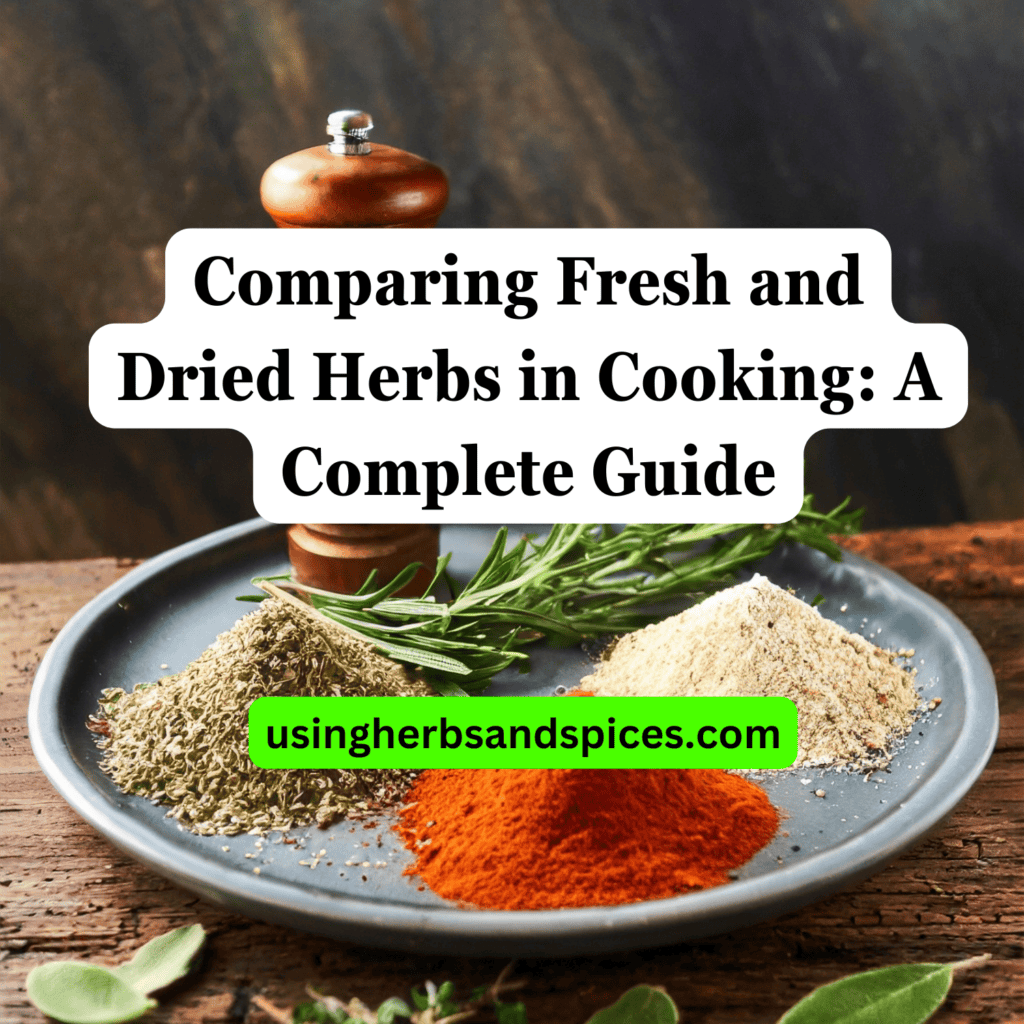SUMMARY: Dried spices offer longer shelf life, greater potency, and more consistent flavors than fresh, making them a practical choice for both home and professional kitchens. These advantages help in reducing waste and saving money over time.
Ever wondered why your dishes lack flavor despite using fresh spices?
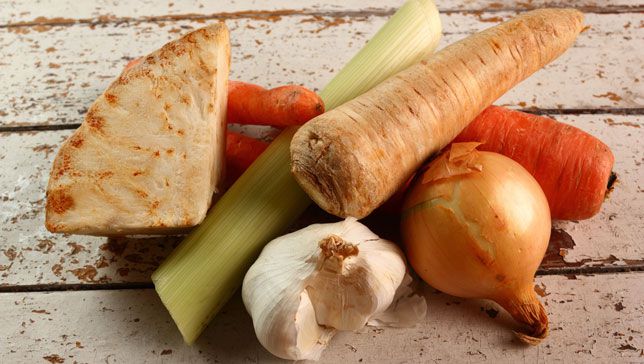
This article aims to debunk the myths surrounding fresh versus dried spices.
- Understanding Spice Potency
- Comparing Shelf Life: Fresh vs. Dry
- The Impact of Aging on Aromatics and Flavor Profiles
- Practical Considerations for Kitchen Management
Continue reading to navigate the spice aisle with confidence and make choices that elevate your culinary creations.
Understanding Spice Potency
The common belief that fresh spices promise the most potent flavor is a widespread misconception. Dried spices, contrary to popular opinion, often hold a concentration of essential oils and compounds that deliver a richer taste and aroma to dishes. The drying process intensifies flavors, making dried spices more potent than their fresh counterparts. This means a smaller quantity of dried spice is required to achieve the desired flavor profile in cooking, adding both efficiency and economy to kitchen practices.
Moreover, the potency of spices is not just about the immediate impact on taste but also how well they integrate and retain their character over the cooking process. Fresh spices may introduce a vibrant burst of flavor when added to dishes, but they can fade quickly under prolonged heat, losing their nuanced tones. Dried spices, on the other hand, release their flavors more gradually, integrating more fully into the dish and maintaining a consistent taste profile from the first bite to the last.
This section provides a critical examination of the potency levels of dried versus fresh spices, aiming to equip readers with the knowledge to make informed decisions that will enhance the flavor and aroma of their culinary efforts. Understanding the potency of your spices allows for better control over the flavor of your dishes, ensuring each meal is a testament to your culinary prowess.
Shelf Life: Fresh vs. Dry
The debate between fresh and dried spices often circles back to one critical aspect: shelf life. Fresh herbs and spices, though bursting with flavor at the time of harvest, quickly begin to lose their potency shortly after. Typically, fresh spices may retain their optimal flavor for a week or two when stored properly in the refrigerator, whereas dried spices boast a far longer shelf life. When dried, spices can preserve their flavor and aroma for months to even years, given they are kept in a cool, dark, and dry environment. This stark contrast in shelf life not only affects convenience but also impacts waste and overall cost-effectiveness.
For home cooks and professional chefs alike, the longer shelf life of dried spices translates into a reduction in wastage. Spices that are dried can be bought in bulk and stored without the pressure of quick spoilage, unlike their fresh counterparts that necessitate frequent purchasing in smaller quantities to ensure freshness. This not only contributes to a more sustainable kitchen practice by minimizing waste but also ensures that a wide variety of spices are always at hand, ready to elevate dishes at a moment’s notice. The convenience of dried spices, coupled with their budget-friendly nature over time, makes them an indispensable ally in the culinary world.
Aromatics and Flavor Profile Changes
The alteration of flavor profiles and aromatic qualities in spices over time is a significant factor when choosing between fresh and dried varieties. Fresh spices, with their high moisture content, tend to have a vibrant, but ephemeral, flavor that can degrade quickly. This immediate burst of flavor is ideal for specific dishes that prioritize the freshness of ingredients, such as salads and certain sauces. However, the evanescence of these attributes means that fresh spices may not offer the same depth of flavor upon storage that dried spices retain.
Dried spices, on the other hand, undergo a concentration process naturally through drying, where flavors become more compact and robust. This process not only extends their shelf life but also ensures a more pronounced and consistent flavor profile over time. A dried herb can develop complex flavor notes that are not perceivable when the spice is fresh. These nuanced flavors are essential in dishes that require cooking over long periods, where the spice has the opportunity to infuse the dish with a layered complexity.
Moreover, the aging of dried spices can produce a different spectrum of aromas and flavors, sometimes enhancing the dish’s overall taste. However, it’s crucial to note that both fresh and dried spices can lose their potent aromatics and distinct flavors if improperly stored or kept beyond their optimal usage period, highlighting the importance of understanding and managing spice shelf life effectively for culinary use.
Practical Considerations in Kitchen Management
When incorporating spices into your culinary arsenal, it’s essential to weigh the practical aspects of using and storing both fresh and dried varieties. Fresh spices, with their limited shelf life, necessitate frequent purchasing to ensure they’re used at their peak of flavor. This can pose a challenge for both home cooks and professional chefs who must balance the desire for optimal freshness with the practicality of minimizing waste and managing costs.
Dried spices, conversely, offer ease of storage and a longer shelf life, reducing the need for frequent replenishment. The ability to buy in bulk without the concern of quick spoilage contributes to cost savings and decreased food waste. Furthermore, dried spices take up less space in the kitchen, a valuable benefit in settings where storage area is at a premium. The convenience of having a wide array of flavors at your fingertips without worrying about them decaying allows for more creativity and experimentation in cooking.
The availability of spices also plays a crucial role in kitchen management. While certain fresh spices may be seasonal or hard to find depending on your location, dried spices are generally available year-round and can be sourced from a variety of vendors. This accessibility ensures that chefs and home cooks alike can produce consistent flavors in their dishes regardless of the season.
In summary, while fresh spices shine with their vibrant flavors, the practical considerations of shelf life, storage, cost, and availability often make dried spices a more convenient and reliable choice for everyday cooking. Understanding and navigating these aspects can significantly enhance kitchen management efficiency and culinary outcomes.
Debunking Myths and Exploring the Practical, Flavorful Benefits of Dried Spice
This article has taken a critical look at the debate surrounding fresh versus dried spices, offering insights that challenge the conventional preference for freshness.
- Fresh spices, despite common beliefs, do not always guarantee superior flavor or aroma.
- The potency of spices is significantly influenced by their form, with dried spices often providing a more concentrated flavor profile.
- Dried spices outshine fresh alternatives in terms of shelf life, contributing to less waste and greater cost-effectiveness over time.
- Aging can enhance the flavor complexities of dried spices, whereas fresh spices may lose their aromatic qualities relatively quickly.
- From a practical standpoint, dried spices offer ease of storage and consistent availability, making them a reliable choice for both home cooks and professional chefs alike.
In concluding, it becomes evident that the purported inferiority of fresh spices is not without basis. The preference for dried spices is grounded in tangible benefits that extend beyond mere convenience, contributing to a more efficient and flavorful culinary experience.
Spice Usage and Preservation FAQs
Why do fresh spices have a shorter shelf life than dried spices?
Fresh spices have a shorter shelf life compared to dried spices because their moisture content makes them more susceptible to mold, bacteria, and yeast growth. Drying spices removes most of their water content, significantly slowing down the deterioration process and thus extending their usability period.
Can the flavor profile of a spice change if it’s stored for too long?
Yes, the flavor profile of a spice can change over time, even if it’s stored properly. Dried spices tend to lose their potency and aromatic qualities gradually, leading to a less vibrant flavor. This process is slower for dried spices compared to fresh, but both types do deteriorate in quality over time.
How can I extend the shelf life of my spices, fresh or dried?
To extend the shelf life of dried spices, store them in airtight containers in a cool, dark place to protect them from moisture and heat, which can speed up the loss of flavor and aroma. For fresh spices, freezing or drying them can significantly extend their shelf life while preserving much of their flavor profile.

